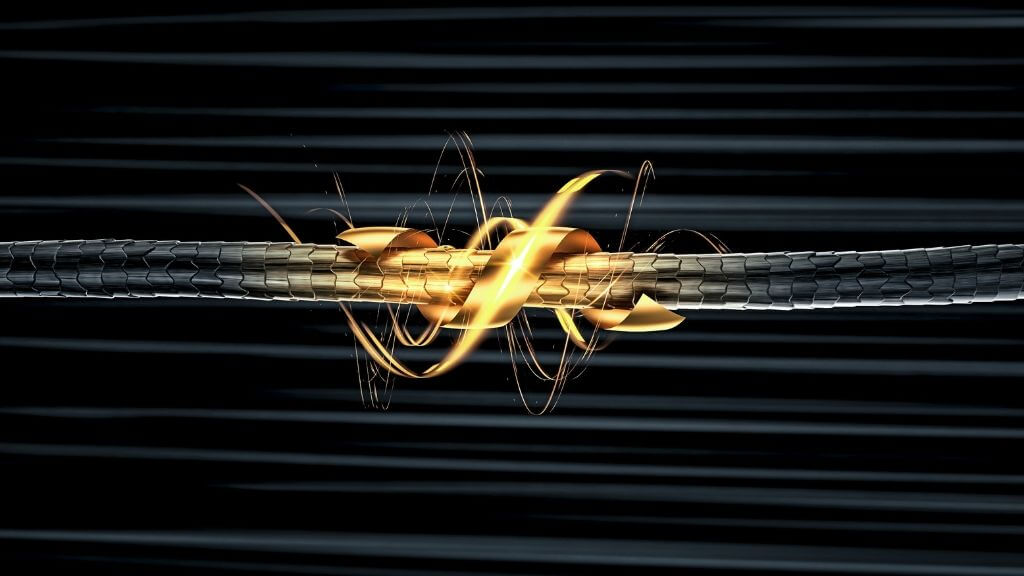Which chemical treatments cause the most damage?

Let’s be honest—we all want gorgeous hair; it’s the stuff of romance novel covers and windswept fantasies. Unfortunately, we also live in busy times where we can’t spend hours and hours perfecting our look before we leave the house. What we really want is great hair without the hassle.
So, we turn to chemical innovations. While these modern marvels can deliver fantastic results, there’s always a price to pay.
The following looks at chemical hair treatments and the damage they cause. With a better understanding of the risks associated with the rewards, you can better decide what’s right for you.
If you lived in the 80s and early 90s you know all about tight perm curls. They were an absolute must. Then that trend faded into history...or maybe the future, trends are cyclical, you know.
Today’s perm is softer in appearance with beachy waves, great texture, and body. Unfortunately, they’re not softer in the damage they cause.
All permanents work by breaking the bonds of the hair shaft in order to reform it. This leaves the hair weakened and vulnerable.
Home perms are even worse, simply because they’re done by laypeople who aren’t trained. A professional can minimize the damage.
The relaxer is just like a perm but backward. A relaxer takes curly hair and makes it straight by basically the same process as a permanent, which means you can expect the same sort of damage to happen to the cuticle.
If you think a keratin straightener is your solution to the damage from a relaxer you might be right, depending on the type you choose.

Some keratin treatments contain formaldehyde, which is a pretty dangerous toxin. It helps the keratin fill in cracks in your hair, but it’s not good to be around. You wouldn’t normally put it on your scalp or breathe in the fumes.
Our final verdict? This chemical treatment can actually be good for your hair, but bad for your health.
Bleach works by opening the hair’s pores and stripping out the natural color. It leaves hair dry and brittle and more susceptible to premature breakage. We recommend you avoid bleach if you can and slowly, shade by shade, lighten your hair.
If you can’t let go of your hair bleach or relaxer, then you can at least try to minimize the damage and repair your hair. Here’s what you can do:
Make your hair stronger from the inside out so it has more protection. One way to do that is to fuel your hair through food. Try this Sweet Potato Chowder recipe to use the power of sweet potatoes to build your cells and boost your scalp health.
If you feel you need a perm and to bleach your hair, or even just to color it, space the timing out.
We understand you don’t want to go to the salon every week, or even every other. It’s a hassle, and it’s expensive. But it’s better for your hair to try just one chemical treatment at a time.
You can do most of these things at home and achieve great results, but you might be doing more damage than you realize. Have a professional do your hair and ask them for tips on how you can do it at home.
Extend the chemical treatment by prolonging its life. You can do this by selecting all-natural haircare products, washing your hair less frequently, and using cooler water on your hair.

The sun wreaks havoc on your hair in all sorts of ways. Using hair-specific sun protection is a must.
Use a sugar scalp scrub to excite your scalp and improve circulation, then double down with a hair mask to add moisture.
Chemical products have changed over the years, and they are much kinder to your hair than they used to be. This doesn’t mean they are perfect, though; they’re far from that ideal. Plus, there are also more of them, so you may be exposed to more opportunities to damage your hair.
It’s up to you to be an informed consumer and weigh your options before deciding which means the most to you.
If you do decide that chemical treatment is something you want or need, there are steps you can take to help avoid damage or to repair some of the damage you’ve already done.
Remember, your hair sticks with you for 2-6 years. You want to nurture that hair and give it a nice, long, and healthy lifespan.
At Hair La Vie, we know that your hair is an integral part of how you present yourself to the world and shape your authentic style.
Join our private Facebook Community for a safe, human-moderated space to share your Hair Journey, discover new natural beauty, and take steps towards becoming “you” with the help of an understanding, supportive community.
Join now for instant access to livestreams, discussions, and exclusive access to new products!
Tutorials, education, and helpful tips sent right to your inbox.
JOIN THE GROUP

At Hair La Vie, we know that your hair is an integral part of how you present yourself to the world and shape your authentic style.
Join our private Facebook Community for a safe, human-moderated space to share your Hair Journey, discover new natural beauty, and take steps towards becoming “you” with the help of an understanding, supportive community.
Join now for instant access to livestreams, discussions, and exclusive access to new products!
JOIN THE GROUP